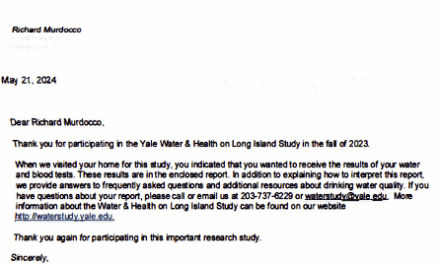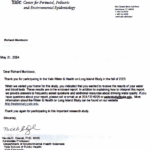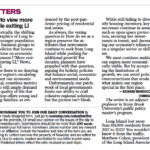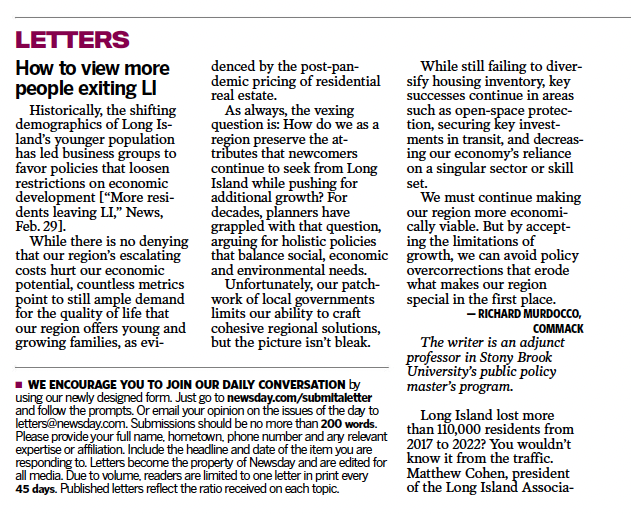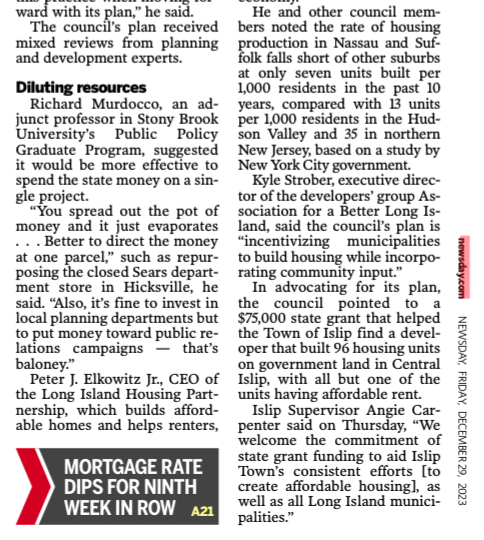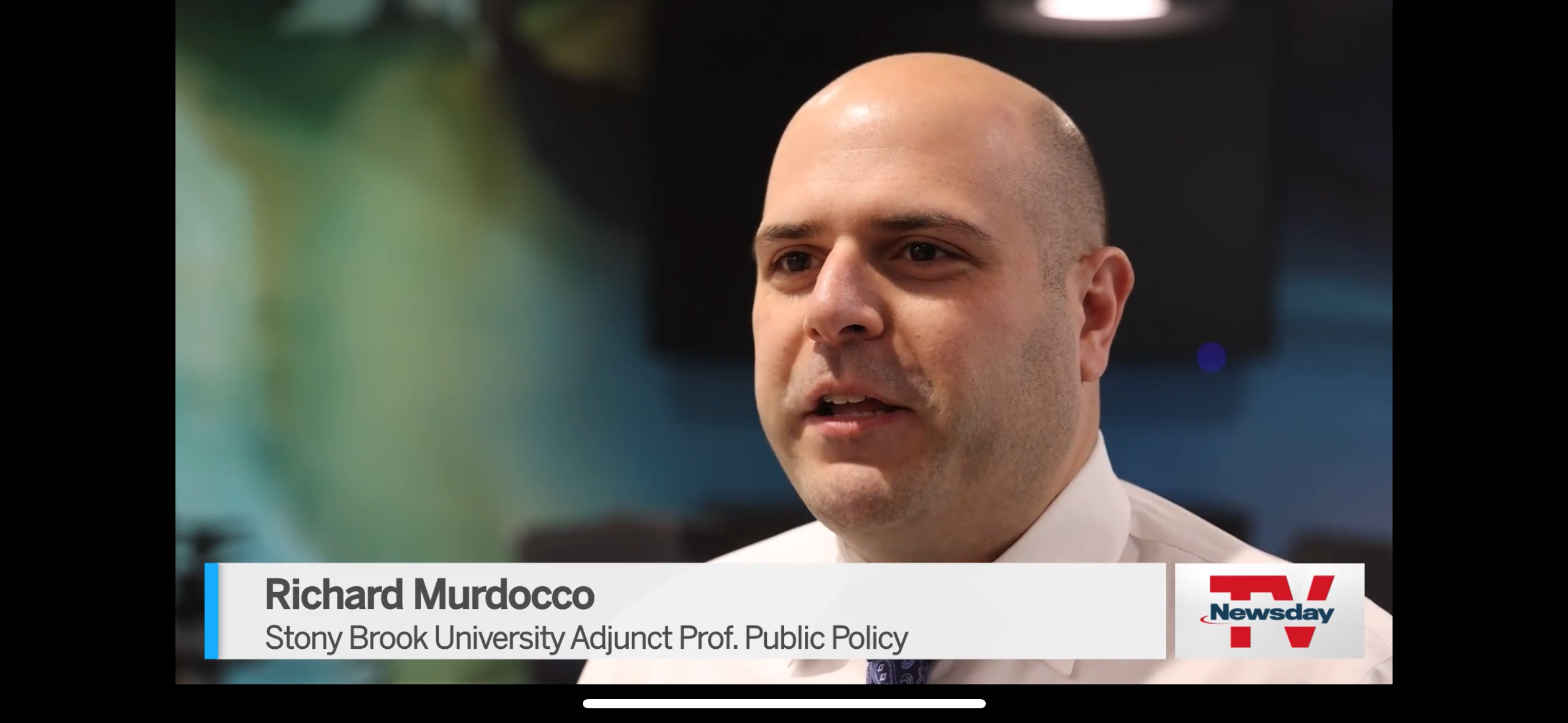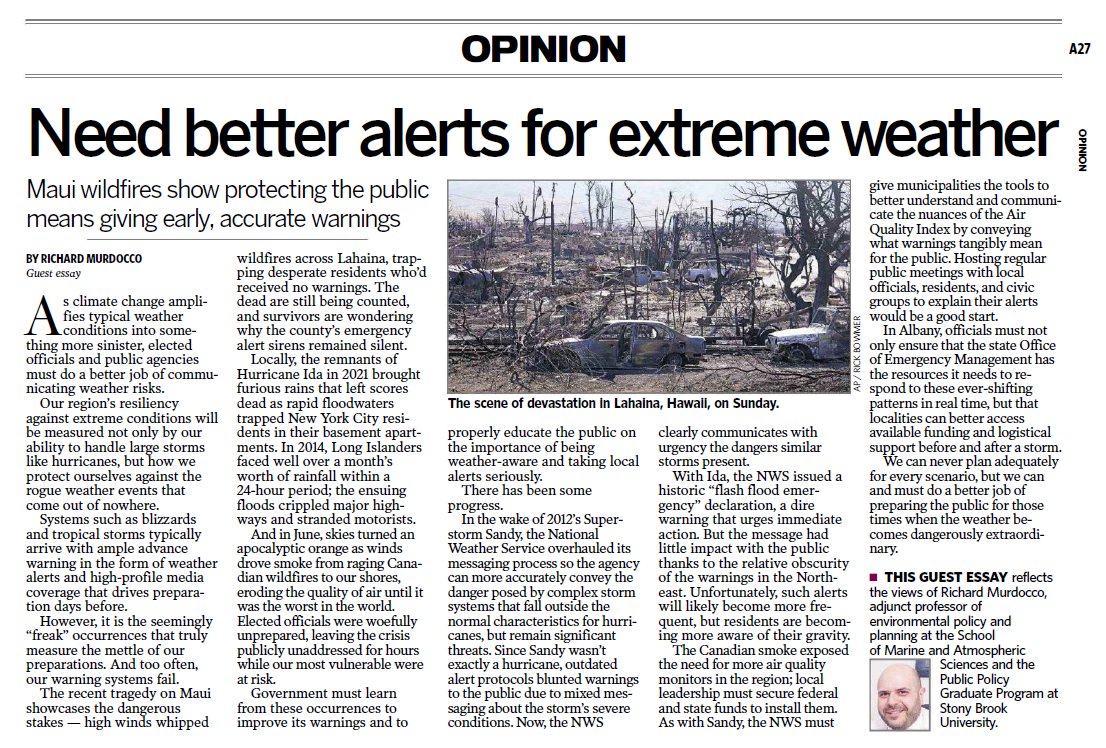It is important to remember that many of the land use issues discussed each week have real impacts to the lives of Long Islanders, and failure to heed economic and environmental warning signs can lead to real consequences. If we fail to protect our water system, the consequences will be dire.
In recent weeks, environmentalists, New York State government leaders, News 12 Long Island and others have been working on a public campaign to increase public awareness about Long Island’s drinking and surface waters. Failing to protect the aquifer is costly on a variety of fronts. With the recent call for state intervention, and the return of brown tide on the South Shore, it’s critical that action is taken sooner rather than later.
Long Island’s Clamming Industry
Case in point: Clamming on Long Island used to be serious business. In the 1970s more than half of the clams eaten in the United States were from Long Island’s own Great South Bay. At their peak population, clams filtered 40 percent of the water within the bay and contributed over $100 million to the local economy. Thanks to overfishing in the latter part of the decade and early 1980s, Long Island’s clam industry collapsed. According to the New York Seafood Council, “from 1980 to 1985, the annual harvest decreased from over 400,000 bushels to 183,000, increased again to almost 238,000 bushels in 1989, and then declined to 185,000 bushels in 1992. Since 1992, production increased slowly each year to 1997 when the annual harvest reached 234,000 bushels.”
The clams aren’t the only ones who’ve had it rough; clammers and baymen have declined as a profession since the industry’s peak. According to the NYSC, throughout the ups and downs of the industry over the past 25 years, the number of shellfish diggers’ permits issued in New York declined significantly from a peak of almost 10,000 in 1976 to about a quarter of that number by 1985. Interestingly enough, the number of permits issued by the NYSDEC each year over the past decade has remained relatively stable, but as water quality worsens, the economic prospects for the industry as a whole aren’t looking good.
Back in the early 1980s, the main threat to the industry was overfishing. Today the industry faces a much larger and harder to manage hurdle: wastewater. Simply put, the mismanagement of our suburban wastewater is choking our bays to the point that clams and scallops are having a hard time repopulating.
Our water issues present the region with an interesting task – will we be up to the challenge of anticipating our water needs and bracing for development impacts of the next 10, 20 and 30 years? If recent history is any indicator, the answer is no. In regards to the threats to our clamming industry, a July 1985 New York Times piece warned of the necessity of protecting the clamming industry, through both fishing management and environmental protection. By reading the 1985 piece, you can already see the strains on the industry:
Hurt by a shortage of clams, shaken by falling consumer confidence in the safety of eating raw shellfish, the $100 million industry of the 1970s has shrunk to less than $40 million. Long Island has fallen behind Rhode Island and Florida; even its own restaurants and fish markets have begun selling clams from out of state.
Overfishing and pollution have been blamed for the clam shortage, and scientists believe the harvest must be limited before the stock becomes exhausted.
As increased urbanization has polluted fisheries, baymen have been forced to concentrate on those that remain. As a consequence, more clams have been taken than have been replaced.
On the environmental end, we’ve known what it takes to protect our drinking water from the impacts of urbanization since the Long Island Regional Planning Board conducted the groundbreaking federally funded 1978 “208 study.” In 1992, the 208 Study’s research set the stage for the creation of special groundwater protection areas, or protected aquifer recharge zones found across Nassau and Suffolk Counties. All too often when writing about Long Island, it always seems like we were once national leaders in an industry, and have since slid into decline.
Solutions?
The solutions to our future water woes were presented as early as 1978, and many are still viable now. In short, the plan recommended the following: Don’t build more than our aquifer can handle. Unfortunately, many of the land-use recommendations made by the LIRPB fell by the wayside thanks to the local desire for short-term economic growth taking precedence over long-lasting regional planning. Far too often, long term policy solutions aren’t implemented because most policymakers think in terms of election cycles and primary seasons, not the decades for meaningful regional policy formulation.
To adequately protect our water, we must expand our wastewater infrastructure, and slowly but surely wean Suffolk County off of its nasty septic and cesspool habit. Further, when density increases are given by local municipalities to developers, the local government should demand true public benefits to accompany the increased units per acre. With each density bonus given, we move further away from meeting the 208 study’s recommendations.
Sewers are expensive, but at this point, cost cannot deter us. When it comes to land use and public works, it is always far cheaper to anticipate a problem than it is to work to correct one. Down the road, all of Long Island’s neighborhoods with lot sizes smaller than an acre will need to be properly sewered. In all of these efforts, government would be wise to balance Long Island’s social, economic and environmental needs.
In addition to hard infrastructure upgrades, residents can begin changing their water usage habits. Residents looking to conserve water can begin installing rain sensors, set their timers to the evening or early morning, and check their home for leaks. The use of pesticides and chemicals like Drano can also be curbed by homeowners looking to make a small, but meaningful difference. Pharmaceuticals can be disposed of properly, not flushed down the toilet. Together, we can take small steps that have a large impact on our water supply.
Public education is a critical component to any formulation of regional policy. There are many misconceptions about our water supply: what’s in it, and how we can preserve it for future generations. It is the task of government and the advocate community to inform Long Island’s residents how the system works, and the challenge of taking meaningful action lays in the hands of the residents of Nassau and Suffolk counties.
As harmful algal blooms become the norm and more density is given without the necessary wastewater infrastructure, our water quality will continue to worsen until meaningful action is taken. In other areas, environmental advocates are often painted by business leaders as hippies with an agenda or extreme tree huggers. On Long Island, the desire to protect our water is far less ideal and a lot more utilitarian. We have no other options when it comes to potable water, so we better do it correctly.
With more public awareness about land use issues and a clear, approachable presentation of environmental data, Long Island’s residents will be compelled to participate in the government processes needed to effectuate true change. Then, and only then, will our aquifers be adequately protected.


